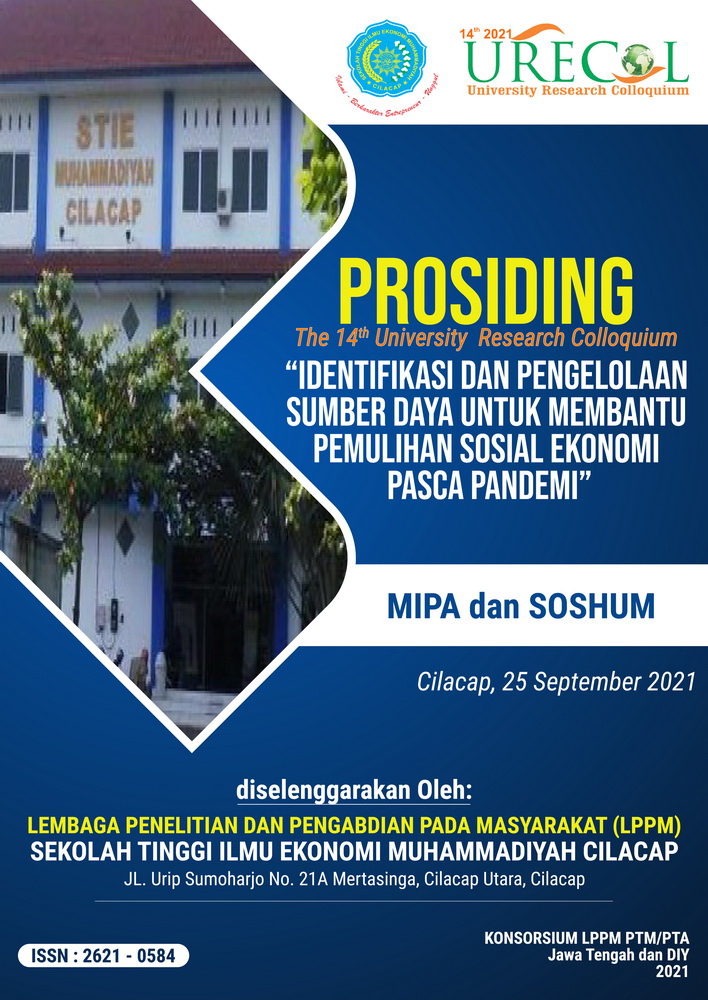Practical Method of Tahfidz al-Qur'an for Early Childhood
Abstract
This study focuses on the implementation of the Qur'an tahfidz program for early childhood
using the Tabarak method at Rutaba Amanah Sragen and the Zahrawain method at the
Tahfidz Toddler School Zahrawain Surakarta. This study aims to describe how the
implementation of the tahfidzul Qur'an program for early childhood in each of these
institutions, describe the supporting and inhibiting factors during the learning process,
describe the comparison of the implementation of the two methods for the tahfidzul Qur'an
program for early childhood. The method used in this study is a comparative descriptive
study with a qualitative approach. Sources of data obtained from primary data and
secondary data. Data collection techniques are observation, interviews, and
documentation. The data analysis uses the stages of data reduction, data presentation, and
concluding. The results of research at each institution include curriculum objectives,
curriculum materials, targets for memorizing the Qur'an, implementation of methods,
evaluation of learning as well as supporting and inhibiting factors for learning. The results
of the research show that both methods utilize audiovisual media in the learning process,
the Tabarak method which comes directly from Egypt has a more dense curriculum target
than the Zahrawain method which adapts the capabilities of the Indonesian people. This
is based on the time needed to memorize 30 juz of the Qur'an faster using the Tabarak
method than the Zahrawain method.
Downloads
Published
How to Cite
Issue
Section
License
Copyright (c) 2021 Muthoifin Muthoifin, Ari Kurniawati

This work is licensed under a Creative Commons Attribution-NonCommercial 4.0 International License.



